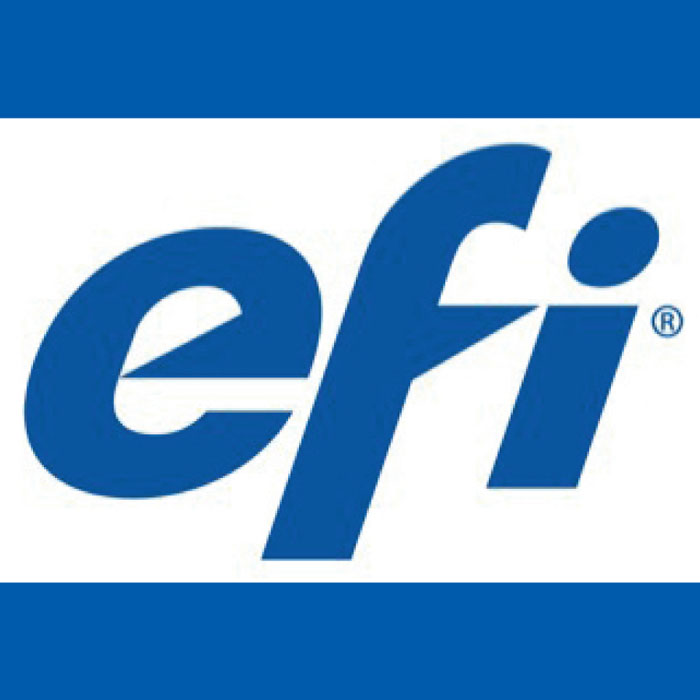
Electronics For Imaging (EFI – Fremont, California) has launched its new new EFI VUTEk XT hybrid flatbed/roll-to-roll display graphics printer that introduces “world-class innovations” – including the next-generation of multi-pass, pin-and-cure imaging, ink delivery and do- placement technologies to signage and display graphics providers looking to address higher-volume needs with a reliable, premium-quality print solution that offers a lower total cost of ownership (TCO). Available in mid- 2021, the new VUTEk XT model is the redesigned, next-generation successor to the EFI VUTEk HS series of hybrid high-volume printers “and will deliver an unprecedented productivity boost, printing more than 375 boards per hour – nearly twice the throughput of the VUTEk HS125 F4 Printer.
“Print businesses need the next level of capability with a lower TCO, and EFI has focused our global R&D expertise to meeting those goals with this printer, and a complete EFI technology offering that together make super-high-speed inkjet display graphics a profitable reality for customers,” said Ken Hanulec, Vice President of Worldwide Corporate Marketing at EFI. “The new VUTEk XT printer – with its outstanding quality, superior substrate capability, robust productivity and almost unheard-of ink yield – delivers greater versatility and value in the display graphics market.”
The new model represents next-generation hybrid architecture for EFI’s proven pin-and-cure technology, which sets UV ink using LED lamps for sharp definition and accurate placement, followed by a full UV cure at high production speeds. The printer includes a new media transport system that eliminates the need for material edge guides, ensuring highly accurate registration and smooth transport of even thick boards. The printer’s new vacuum belt and vacuum table can handle a wide range of materials. As a result, printing on difficult types of materials can be easy and accurate, reducing waste and improving overall throughput. The VUTEk XT also features superior front-to-back registration (within 1 mm) and produces boards in up to three printing lanes that can be from the same or different files.
